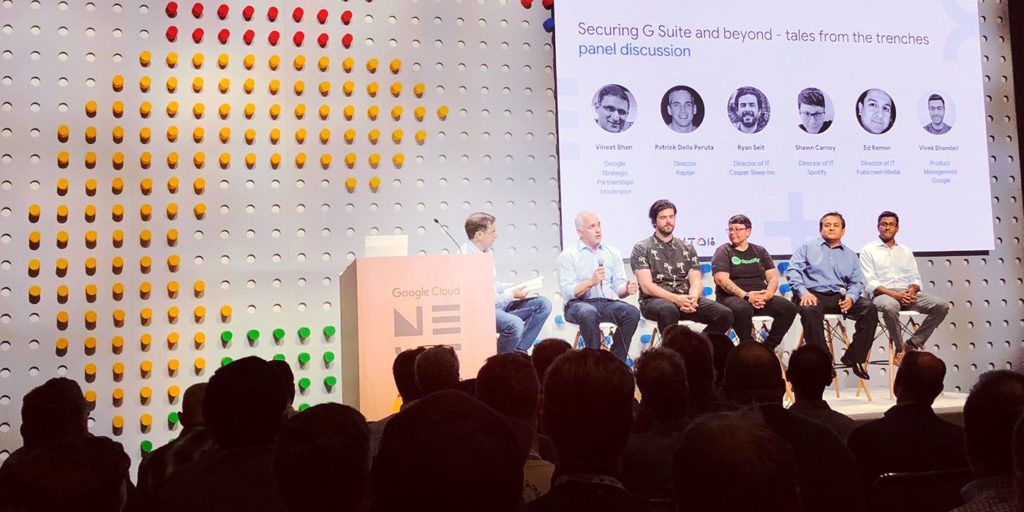Managing Access to Google Apps Services
July 6, 2012
3 minute read

This post is part of Google Apps Admin Awareness Month, our month-long series where we spotlight a different tip for Google Apps administrators every day in July. Have a tip to share with your peers or have you always wondered how to do something in Google Apps? Let us know on Twitter @bettercloud.
What are Google Apps Services?
Google offers a wide range of services to Apps users including Gmail, Calendar, Docs, Sites, Google+ and even third-party applications found in the Google Apps Marketplace. Domain administrators can enable or disable these services for any user or group of user through a few simple steps completed in the Google Control Panel.
How do I Manage Access to Google Apps Services?
Depending on the size and type of organization you work in, enabling or disabling access to a variety of Google Apps services can be tedious and time consuming. You may want a certain group of users to have access to Google Chat or Google+, while disabling access to these services for other users.
Google makes enabling or disabling services for certain users simple through the use of organizational units. An org. unit, often confused with a Google Group, serves the main function of grouping users into a specific section in order to enable or disable services for those users. On the other hand, a Group acts as a forum and distribution list. A very important difference, for the purpose of turning services on and off, is that users may belong to multiple Groups while each user can only be placed in one org. unit.
You can create an org. unit through the Google Apps Control Panel (or our alternative). Once you’ve entered the Control Panel, access the Organization & users tab and click “Add suborganization.” After naming the org. unit, you can beginning adding users – but remember, users can only belong to one org. unit.
Once you’ve created an org. unit, you can turn services on or off for that unit by clicking into the “Services” tab. Note that in addition to native Google Services, you can also provision access to Google Apps extensions in this tab.
Org. units can be nested within each other. For example if a company has org. units for different geographic locations, they may has nested org. units inside each location that further divide those users into functional groups. For example, New York > Marketing. The important thing to note is that nested org. units take on the properties of their parent org. unit by default. If you turn off Google+ for the New York org. unit, it will automatically be turned off for the Marketing org. unit, and any other nested org. units. You can override these inherited settings, however.
Why Should I Manage Access to Google Apps Services?
The ability to restrict or enable access to Google Apps services and Marketplace extensions makes life easier for IT administrators. Customization based on the level of responsibility of an organizational unit allows administrators to delegate access to the appropriate people without having to enable or disable the service for each individual user. The org. unit structure also makes enabling or disabling services particularly simple when someone new joins your organization. Simply add them to the appropriate org. unit, and that user inherits the settings of that unit.
About Google Apps Admin Awareness Month
At BetterCloud, we’ve seen first hand the impact Google Apps can have on a business: extreme cost cutting, streamlined management processes, enhanced collaboration and mobility and much more.
During our time as an independent software provider focused 100% on the Google Apps platform, we’ve interacted with thousands of organizations using Google Apps and realized that so many helpful features of the platform go unused by administrators.
This July, we’re devoting the BetterCloud blog to educating Google Apps administrators on the wide array of tips, tricks and features available in the platform. These features not only add crucial functionality, but save you time and effort!






